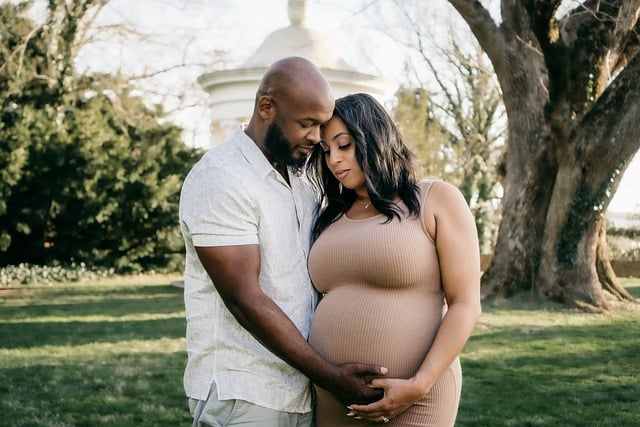When her doctor suggested she consider in vitro fertilization (IVF), Amanda was taken aback. “I thought he was out of his mind,” she remembers. “I told my partner, Mark, that we needed to find a new doctor. We had two kids already, back to back, with no issues whatsoever. Even if it was a few years ago, I just couldn’t believe anything was wrong with me. I felt healthy and had regular cycles.”
However, Amanda’s gynecologist had conducted some blood tests and discovered that her Follicle Stimulating Hormone (FSH) levels were elevated. A high FSH can indicate a diminished ovarian reserve, often linked to age-related declines in egg quality and quantity. “I work in tech,” says Amanda. “I consider myself pretty savvy, but I didn’t realize how challenging conceiving can be as you approach 40.”
For a while, Amanda and Mark kept trying naturally. “I became obsessed with learning everything I could about getting pregnant. It was like a second job,” she recalls. “I cut out alcohol, caffeine, and even pain relievers. I tried acupuncture and focused on eating healthier. It consumed my life.” After several months of negative pregnancy tests, they decided to heed her doctor’s advice and see a specialist.
They visited Dr. Sarah Thompson at a local fertility clinic, who conducted further evaluations and recommended starting with intrauterine insemination (IUI). “Choosing between IUI and IVF as the first step depends on success rates and how comfortable the couple feels with the emotional and financial aspects involved,” Dr. Thompson explained. Fortunately, Amanda’s insurance covered up to six IUI cycles, along with three IVF cycles if necessary.
Amanda approached her first IUI cycle with optimism. “I was convinced it would work, and I’d end up with twins,” she says. But after five unsuccessful cycles, Dr. Thompson suggested moving on to IVF to boost their chances.
Sadly, Amanda’s initial IVF attempt didn’t succeed either. “It was a tough pill to swallow. I started thinking maybe this just wasn’t meant to be for us,” she admitted.
Despite feeling disheartened, Amanda and Mark decided to give it another shot. “Dr. Thompson and her team were incredibly supportive. I really appreciated her warm approach and felt like I could trust her completely,” Amanda shared. “Our nurse, Lisa, and the entire staff were phenomenal. It’s clear they prioritize both expertise and compassion.”
For her second IVF cycle, Dr. Thompson altered the treatment plan slightly, and this time it worked! Amanda and Mark welcomed a healthy baby girl, whom they named Lily. “I adore all my children, but Lily holds a special place in my heart. I spent every moment during my maternity leave just holding her and soaking it all in,” Amanda said with a smile.
The journey through fertility treatments changed Amanda’s perspective profoundly. “It opened my eyes to the struggles many women face with infertility,” she reflected. “In the waiting room, I would see such a diverse group of women, all going through similar challenges. I’m always willing to share my story if it can help someone else.”
Her advice to others facing similar struggles? “Don’t lose hope. Stay positive. Trust your doctor. If you’re at a reputable fertility clinic, you’re in good hands, and they’ll do everything possible to support you.”
For more insights on infertility and related topics, check out this excellent resource on infertility and consider exploring this post about formaldehyde. If you’re interested in at-home insemination options, this kit is a great choice!
In summary, Amanda’s journey through fertility treatment was filled with ups and downs, but ultimately led to the joy of welcoming her daughter. It serves as a reminder that perseverance and support can make a significant difference in the face of infertility challenges.

